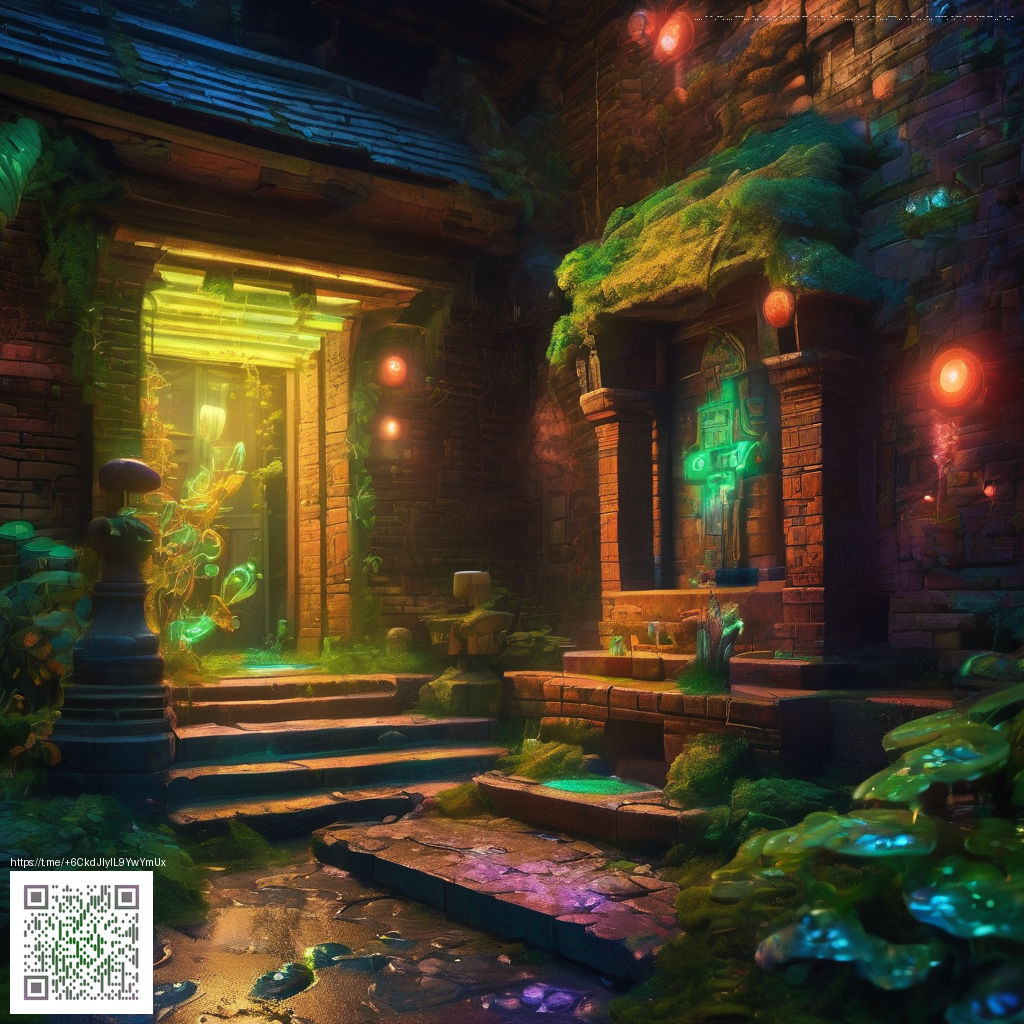
A Gritty War Experience on the PlayStation 2
Killzone on the original PlayStation 2 left a mark not just for its technical ambition, but for the way it made players feel the weight of every encounter. In an era when the hardware was stretched to its limits, Guerrilla Games crafted environments that felt vast, yet claustrophobic at the right moments—hallways that seemed to breathe with tension and open spaces that collapsed into violence in a heartbeat. The result is a game that still reads as gritty today: the muted color palette, the whir of distant gunfire, and the close-quarters firefights that required nerves as much as skill.
The core experience centers on you guiding a squad through counter-insurgency battles against a formidable enemy force. Pacing is deliberate: you move from the relative calm of a checkpoint corridor into skirmishes where every corner hides a threat. It’s not a squeaky-clean, arcade sprint; it’s the slow burn of a war-torn world where cover becomes currency and timing becomes a weapon. While the visuals are a product of its time, the atmosphere still communicates a sense of consequence that many modern shooters chase but seldom replicate with the same texture.
“The tension comes not from flashy moments, but from the way sound, light, and space conspire to make you feel exposed and careful at the same time.”
Weapon design and enemy behavior contribute heavily to that atmosphere. Firefights unfold with a brutal economy: you don’t need to watch a meter drop to know you’re close to danger. The sounds—a distant flinch of metal, a boots-on-grit crunch, a helmeted enemy's shout—press you into the moment. On a technical level, the game uses a combination of texture work, limited draw distances, and a restrained lighting model to achieve its distinctive, almost cinematic look. Those choices, born of hardware constraints, end up shaping a more focused, immersive war experience than some contemporaries managed.
What makes the experience endure
- Atmosphere: A moody, war-weary universe that leans into grit rather than gloss.
- Pacing: Methodical encounters that reward patience, positioning, and cover management.
- Soundscape: Distant gunfire, radio chatter, and the heavy thud of impacts that ground every engagement.
- Design constraints turned strength: The PS2 era’s technical limits sharpened focus and texture, rather than diluting tension.
- Narrative weight: A political backdrop and a relentless sense of stakes make each mission feel consequential.
For players today building out a retro-inspired setup, a reliable surface under the mouse makes a surprising difference in responsiveness during long campaigns or boss-encounter sequences. A non-slip gaming mouse pad like this option can help you keep aim steady during those tense, precise moments. If you’re curious to explore it, you can check out the product here: Non-Slip Gaming Mouse Pad 9.5x8. The combination of a steady surface and a classic shooter’s rhythm can make modern play feel closer to the original intensity without sacrificing comfort.
Imagery and references for retro-era shooters often surface in dedicated galleries and archival pages. For visual references that inspired some of the mood and color choices discussed here, you can browse a comprehensive gallery at the page URL: https://magic-images.zero-static.xyz/dbc22a3b.html.
As you revisit Killzone on PS2, allow the design quirks and atmospheric tension to guide your expectations. It’s not about smooth, modern polish; it’s about experiencing a war world that feels lived-in and dangerous at every turn. The game reminds us that sometimes restraint—paired with strong audio, lighting, and level design—can deliver a more compelling sense of danger than a flood of explosions ever could.
Tip for readers: when you replay or stream classic shooters, setting up a comfortable, stable surface under your mouse can make a surprising difference in how you perceive timing and aim. It’s a small upgrade that can help you fully immerse yourself in the world, much like how these early titles drew you in with atmosphere rather than spectacle alone.
For those curious about the broader context of retro shooters and how their design philosophies translate to today’s setups, this piece aims to offer both appreciation and practical tips for enjoying classics with modern comfort. The texture of these games continues to resonate, reminding us that gritty war storytelling often relies as much on mood and restraint as on action.
Note: If you’re collecting or building a display around this era, the linked product and gallery pages offer a convenient bridge between nostalgia and practical upgrades for contemporary play.